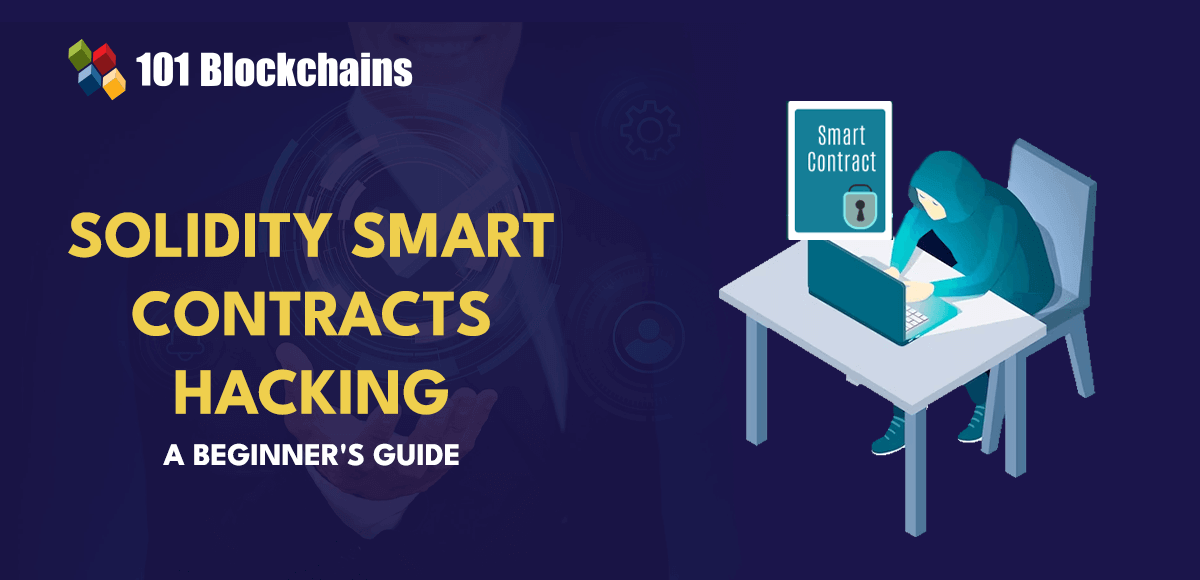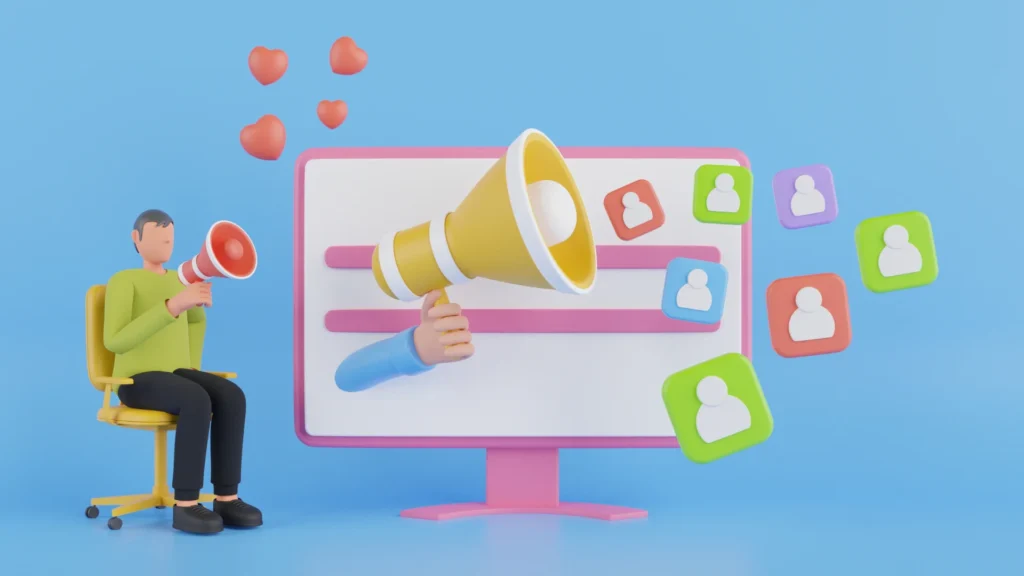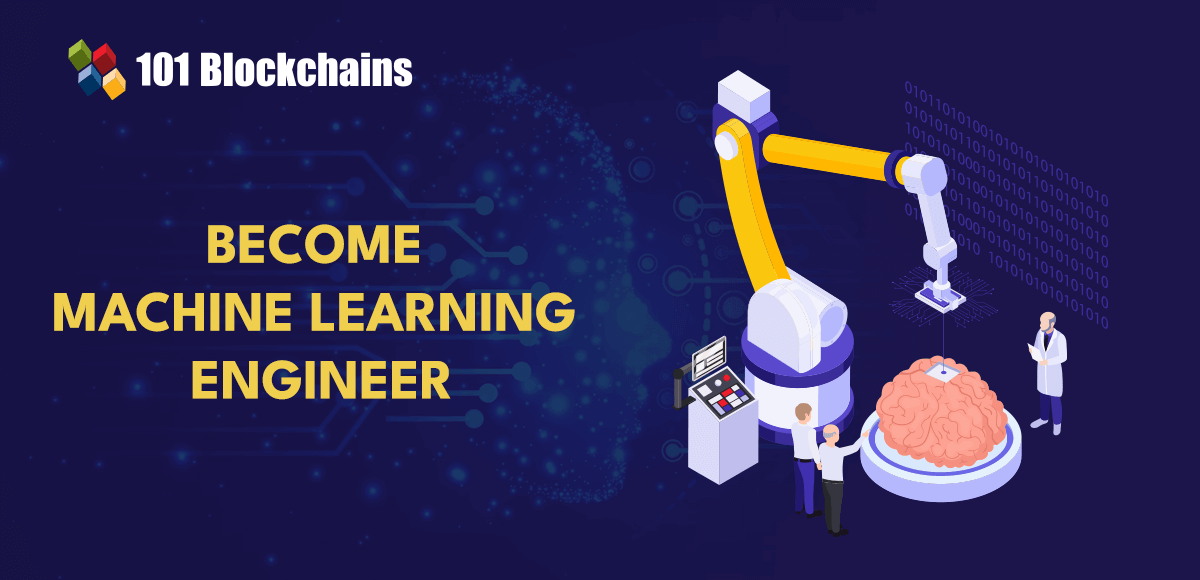ChatGPT is revolutionizing the landscape of artificial intelligence capabilities. The most recent cheat sheet serves as a valuable resource, offering guidance on 10 engaging hands-on projects that showcase the potential of leveraging ChatGPT in various data science applications. These projects span a wide range, from crafting AI assistants and web applications to generating PowerPoint presentations, providing practical demonstrations in machine learning, natural language processing, and full-stack development.
The cheat sheet includes tutorial links for each project, offering comprehensive step-by-step instructions on harnessing ChatGPT’s conversational prompts. Notable projects encompass utilizing ChatGPT for tasks such as a loan approval classifier model, resume parsing, real-time language translation, exploratory data analysis, and seamless integration with Google Sheets. Whether you’re a newcomer to ChatGPT or aiming to explore its advanced applications, this compilation of projects serves as a valuable starting point to enhance productivity and expedite AI-assisted development.
Featuring code examples in Python, React, and various other languages, these thoughtfully curated projects offer an immersive opportunity to explore ChatGPT’s capabilities through hands-on experimentation. They serve as an excellent means to augment theoretical understanding with practical proficiency. As ChatGPT undergoes rapid advancement, resources like this cheat sheet become invaluable references for data scientists, enabling them to harness its potential and seamlessly integrate AI into their work processes. This guide is an essential resource for any practitioner seeking to elevate their ChatGPT skills.
Here are the 10 curated ChatGpt hands-on projects to boost data science workflows with ChatGPT across ML, NLP, and full stack dev, including links to full project details.
1. Loan Approval Classifier
Learn to fully leverage ChatGPT’s AI capabilities to boost productivity across the data science project workflow – from planning to deployment. This practical guide will teach you how to write prompts that maximize ChatGPT’s potential for outlining, analyzing, developing, and deploying the Loan Approval Classifier model.
Link to the project: https://www.datacamp.com/tutorial/chatgpt-data-science-projects
2. Building up a Resume parser with ChatGPT
We will use LangChain, to streamline the development of Language Model-powered applications. You will use LangChain to call the OpenAI API and instruct GPT to format the data according to the YAML template.
Link to the project: https://seeai.hashnode.dev/transforming-unstructured-documents- to-standardized-formats-with-gpt-building-a-resume-parser/
3. Language Translator
The goal of the Language Translator project is to create a web-based translation app using ChatGPT for the translation capabilities and Streamlit for building the web interface. Users will be able to input text in one language and have it translated to another language in real-time.
Link to the project: https://blog.devgenius.io/how-to-build-a-language-translation- web-app-with-chatgpt-and-streamlit-e9fc399fbb75/
4. PowerPoint Presentation
The PowerPoint presentation project aims to automate the creation of presentations from long text passages by using ChatGPT. The system allows users to input text content, sends it to ChatGPT API to generate a summarized bullet point list, then converts the key points into PowerPoint slides using Python’s PPTX library.
Link to the project: https://www.kdnuggets.com/2023/08/chatgpt-convert-text- powerpoint-presentation.html/
5. Minimal Voice Assistant
The project aims to build a basic voice-controlled AI assistant using Python. It will use Speech Recognition to listen commands and convert them to text. This text will be sent to ChatGPT API to generate natural language responses. The responses will then be converted back into speech using pyttsx3 text-to-speech functionality.
Link to the project: https://github.com/reese3222/nanoassistant/
6. Data Science With Code Interpreter
The project explores how ChatGPT’s new Code Interpreter plugin can be used to streamline and automate common data science workflows. Code Interpreter can summarize data, perform exploratory analysis, preprocess datasets, build baseline machine learning models, and explain code.
Link to the project: https://www.kdnuggets.com/2023/07/chatgpt-code-interpreter- data-science-minutes.html/
7. To-Do Application
The To-Do Application project explores using ChatGPT to generate a basic to-do web app with React, Next.js, and Firebase integration. The aim is to assess how well ChatGPT can produce functional code for a simple CRUD application based on conversational prompts.
Link to the project: https://blog.bitsrc.io/i-asked-chat-gpt-to-build-a-to-do-app-have-we- finally-met-our-replacement-ad347ad74c51/
8. Exploratory Data Analysis
The project demonstrates using ChatGPT to perform an end-to-end exploratory data analysis on a text dataset. It shows how ChatGPT can be prompted to plan the analysis, clean the data, analyze distributions of key variables, employ NLP techniques, visualize findings, and summarize insights.
Link to the project: https://towardsdatascience.com/my-first-exploratory-data-analysis- with-chatgpt-7f100005efdc/
9. Full Stack Application
The project demonstrates creating an end-to-end web application leveraging ChatGPT for accelerated development. It involves building an educational app that utilizes ChatGPT for code assistance, best practices, and troubleshooting throughout the full stack development process.
Link to the project: https://www.freecodecamp.org/news/build-a-full-stack-application- using-chatgpt/
10. ChatGPT with Google Sheets
The project demonstrates integrating ChatGPT capabilities into Google Sheets for easy access through custom formulas and menu functions. It involves using Google Apps Script to fetch responses from the ChatGPT API to summarize or simplify text from spreadsheet cells.
Link to the project: https://www.freecodecamp.org/news/create-chat-gpt-formulas-in- google-sheets/
Source link























